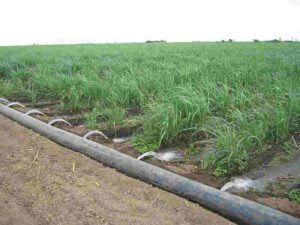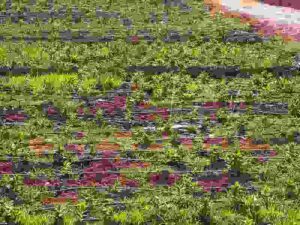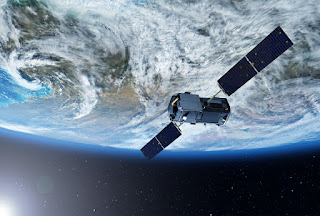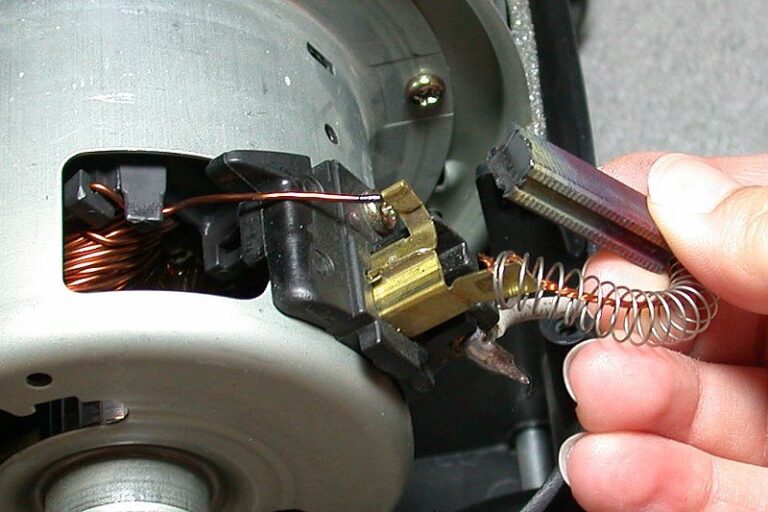5 Sustainable Irrigation Methods Explained
Sustainable irrigation methods are; optimized-surface, sprinkler, drip, combined, and gravity methods.
A sustainable irrigation system is any system, scheme or approach of irrigation that aims to establish sustainability through water conservation, soil protection, and optimal crop growth.
It can be considered one of the secondary practices of sustainable farming, and helps improve the outcomes of other practices like crop rotation and conservation tillage.
This article discusses sustainable irrigation methods, as follows;
1). Optimized-Surface Irrigation (as one of the Sustainable Irrigation Methods)
Surface irrigation is a system of irrigation that uses structures on the ground surface, like furrows; to distribute irrigation water across agricultural land to the points where it is needed [4].
The effectiveness and efficiency of the method depends on various factors like topography, soil type, water volume and composition.
Surface irrigation is not always sustainable, as there can be major drawbacks in the form of water wastage, soil leaching, and facilitation of chemical pollution, among others.
However, the sustainability of surface irrigation can be increased through proper scheduling and efficient design to include suitable water volume, distribution system, inflow and discharge conditions. The result of such improvements is enhanced-surface irrigation.
Optimized-sustainable surface irrigation depends on how well all factors involved (water volume, composition and distribution, soil type, topography) are addressed. The benefits of sustainable surface irrigation include climate resilience and yield optimization [1].

2). Sprinkler Irrigation
As the name implies, sprinkler irrigation involves the use of sprinklers to apply water to agricultural soil and crops.
One of the advantages of sprinkler irrigation is the fact that it is highly adaptable and can be used effectively in small and large-scale operations alike.
Sprinkler irrigation becomes sustainable when care is taken to conserve energy while maximizing water resources and reducing the volume of irrigation water that is used.
The angular orientation of sprinkler heads can be adjusted to increase efficiency, and pump pressure may be supplemented with gravity, by configuring the system optimally.
Artificial intelligence can also be used to regulate sprinkler irrigation systems. Smart irrigation systems that use the sprinkler method are generally efficient and sustainable.
3). Drip Irrigation (as one of the Sustainable Irrigation Methods)
Drip irrigation is a system of irrigation which involves the distribution of irrigation water under low-pressure, so that the water is released in droplets that are spread evenly across a given area [3].
Drip irrigation is the most sustainable method of irrigation because it conserves water while distributing it efficiently across a specified area.
The benefits of drip irrigation include economic, ecologic and social.
Although an optimized sprinkler irrigation system can be similar to drip irrigation and also highly sustainable, the efficiency of drip irrigation far exceeds that of sprinkler irrigation, reaching up to 90% [2].

4). Combined Irrigation
A combined sustainable irrigation system is designed to possess the beneficial characteristics of more than one sustainable irrigation method.
Combined methods are used where the required outcomes are highly-specified, as well as in scenarios that involve high levels of ecologic complexity.
Examples of combined irrigation include drip-sprinkler and surface-drip methods.
5). Gravity Irrigation (as one of the Sustainable Irrigation Methods)
Gravity irrigation may refer to any method of irrigation that depends on gravitational pull to transport and distribute water.
A term that could be used to describe the flow of water in gravity irrigation is ‘gravity drainage’.
The sustainability of this method is based on its ability to achieve energy conservation. Replacing the function of pumps with gravity helps save energy, reducing dependence on fossil fuels and mitigating emissions that cause climate change.
It must be stated that gravity irrigation is not one of the main sustainable irrigation methods, and is usually practiced under others like drip or sprinkler irrigation.
Gravity irrigation is effective for a wide range of crop species and site conditions.
Conclusion
Sustainable irrigation methods are;
1. Optimized-Surface Irrigation,
2. Sprinkler Irrigation.
3. Drip Irrigation.
4. Combined Irrigation
5. Gravity Irrigation
References
1). Chávez, C.; Fuentes, S.; Fuentes, C.; Brambila-Paz, F.; Trejo-Alonso, J. (2022). “How Surface Irrigation Contributes to Climate Change Resilience—A Case Study of Practices in Mexico.” Sustainability 2022, 14(13), 7689. Available at: https://doi.org/10.3390/su14137689. (Accessed 14 November 2022).
2). Martinez, J.; Reca, J. (2014). “Water Use Efficiency of Surface Drip Irrigation versus an Alternative Subsurface Drip Irrigation Method.” Journal of Irrigation and Drainage Engineering 140(10):04014030. Available at: https://doi.org/10.1061/(ASCE)IR.1943-4774.0000745. (Accessed 17 November 2022).
3). Palada, M. C.; Bhattarai, S. P.; Wu, D.; Roberts, M.; Bhattarai, M.; Kimsan, R.; Midmore, D. J. (2011). “More Crop Per Drop: Using Simple Drip Irrigation Systems for Small-scale Vegetable Production.” Available at: https://www.researchgate.net/publication/274384209_More_Crop_Per_Drop_Using_Simple_Drip_Irrigation_Systems_for_Small-scale_Vegetable_Production. (Accessed 17 November 2022).
4). Zai, S.; Feng, X.; Wang, D.; Zhang, Y.; Wu, F. (2022). “Influence of Micro-Furrow Depth and Bottom Width on Surface Water Flow and Irrigation Performance in the North China Plain.” Agronomy 2022, 12(9), 2156. Available at: https://doi.org/10.3390/agronomy12092156. (Accessed 17 November 2022).


